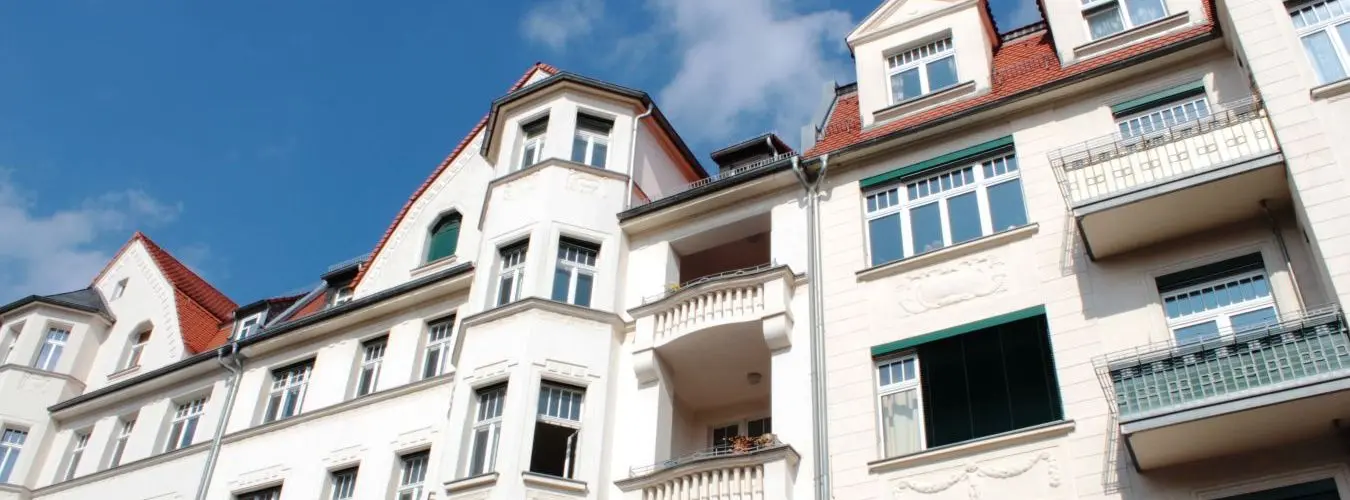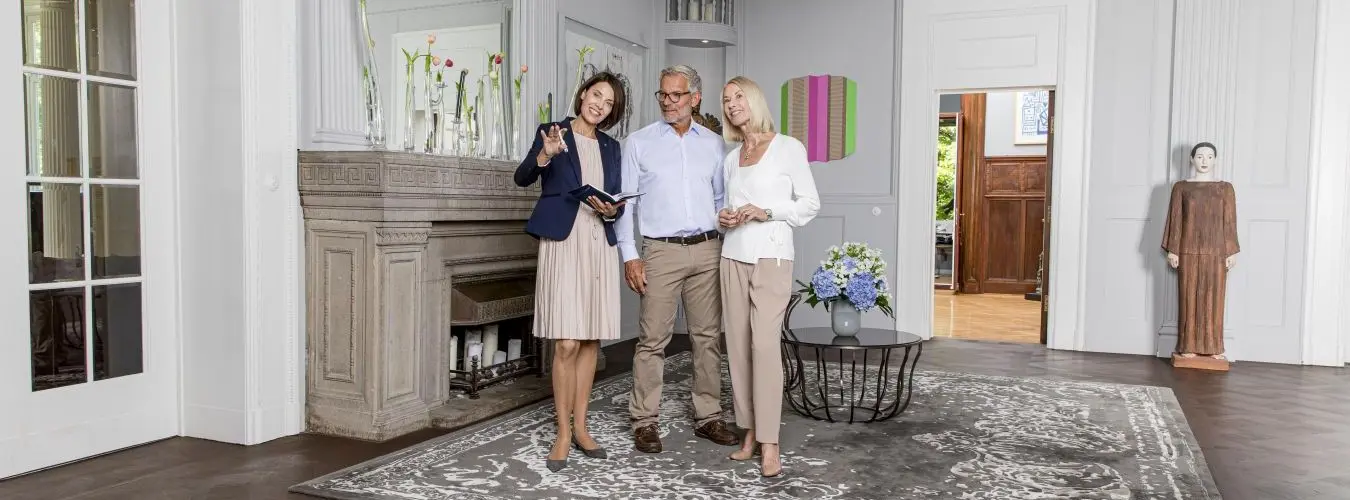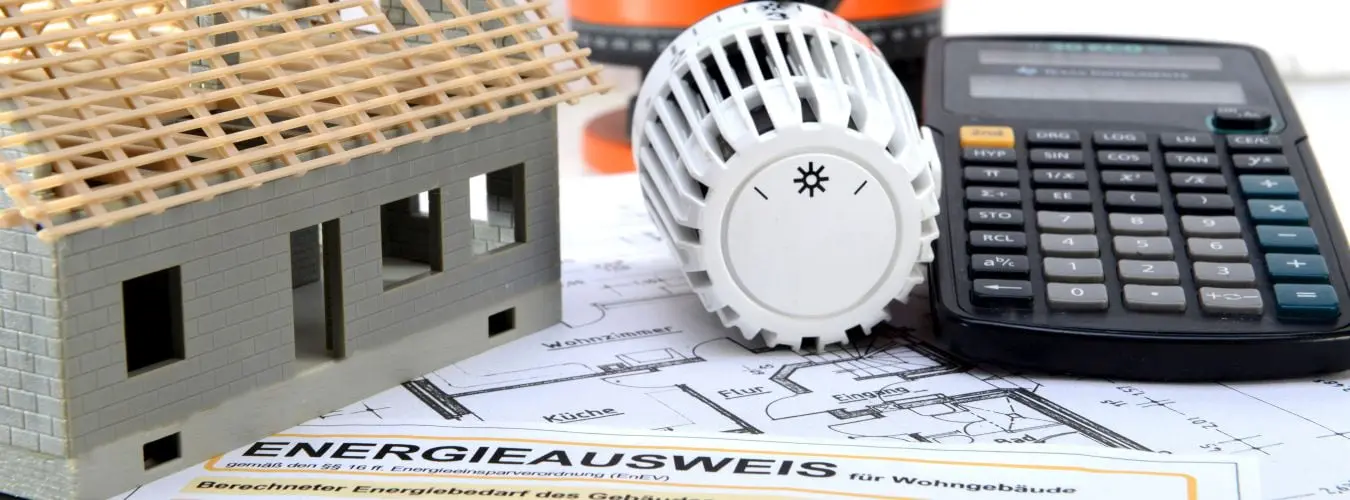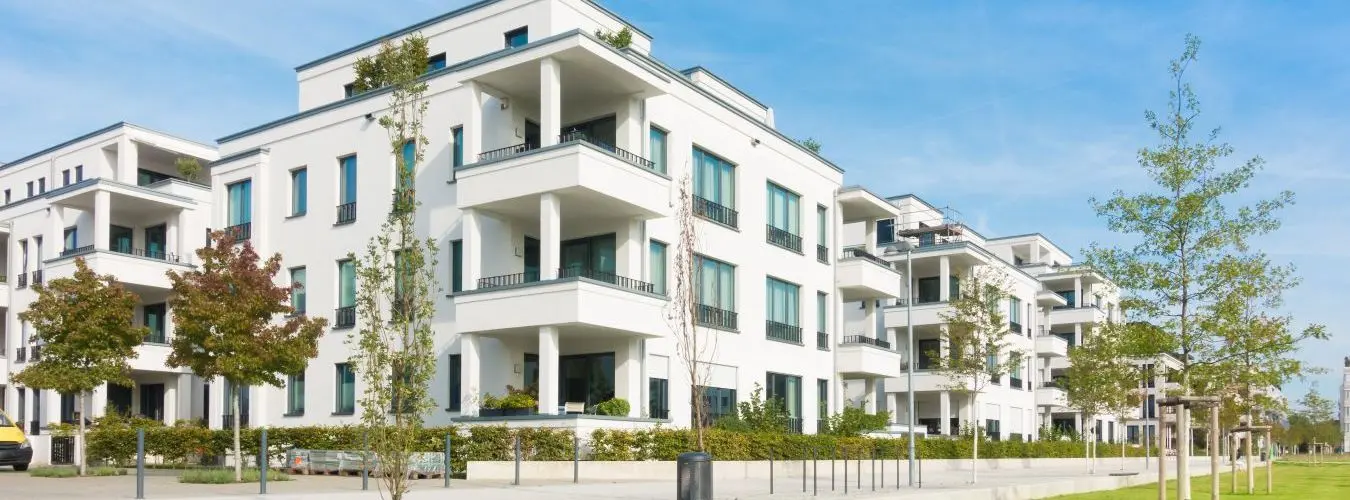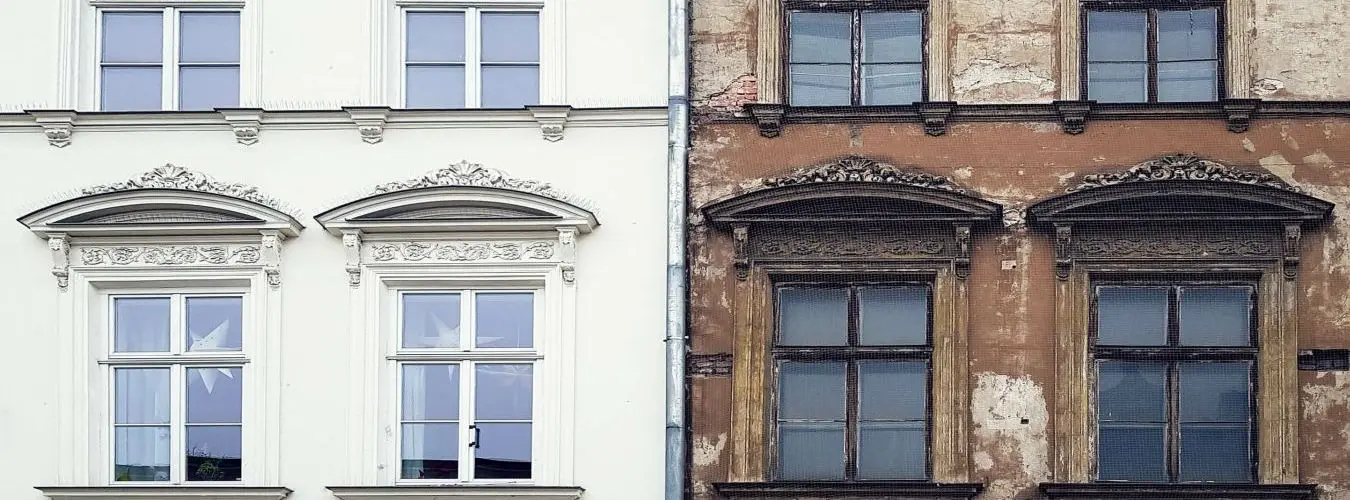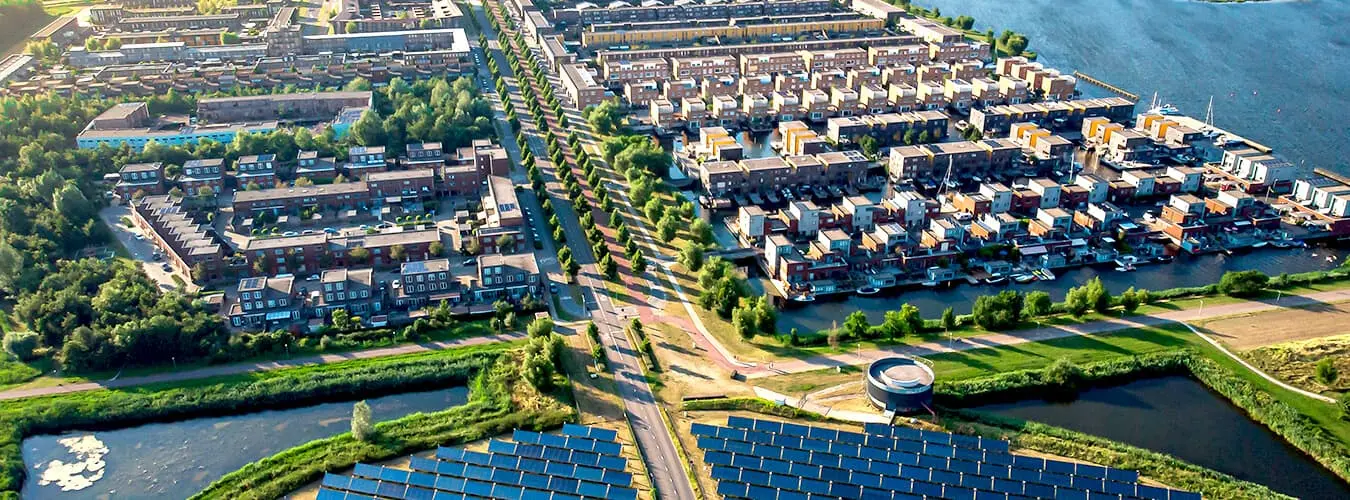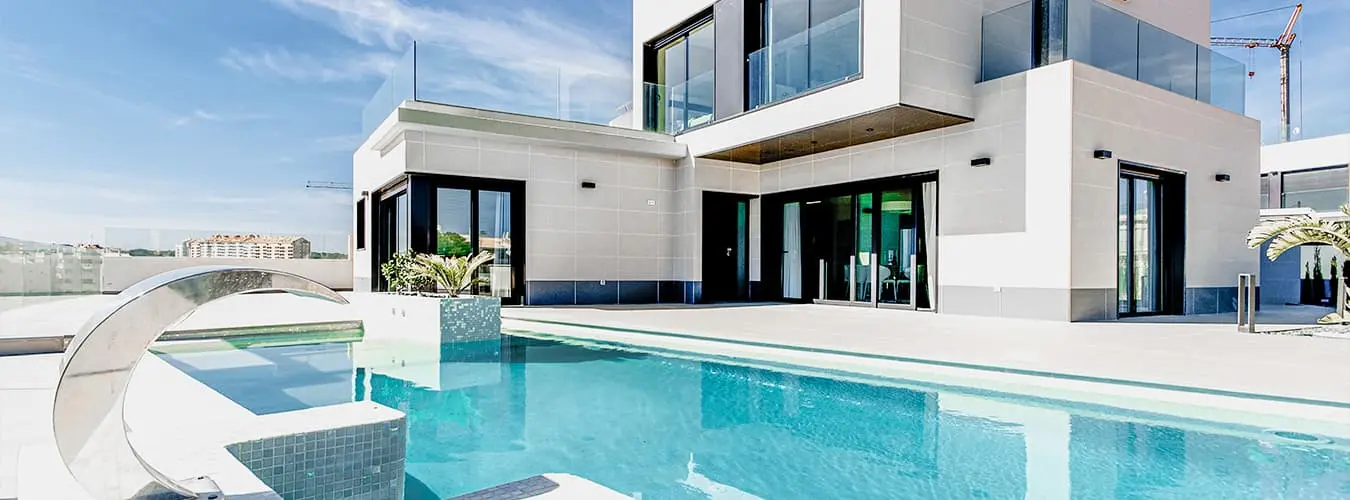If you own a property in Germany and want to change its use - for example from a commercial unit to residential space or vice versa - you often have to apply for a so-called change of use. This is a process that requires approval and is of great importance not only in terms of building law, but also for tax purposes. In this article, we explain in detail what a change of use means, when a permit is required, which documents are needed and which special features apply in individual federal states such as North Rhine-Westphalia (NRW).
What is a change of use?
A change of use always occurs when the type of use of a property or a specific area within a building changes fundamentally - regardless of whether structural measures are carried out or not. Even a change of use without structural alterations may require approval if the requirements for safety, fire protection or statics change.
Typical examples of changes of use:
- Conversion of a store into an apartment
- Use of an attic as an office or practice
- Establishment of a café in a former storage room
- Dedication of a garage for residential purposes
- Use of a residential building as a vacation home or for short-term rental
Interim uses or temporary changes may also require approval - for example, pop-up stores or event locations in buildings formerly used for industrial purposes.
When is a permit required?
In principle, any significant change of use requires a permit. The legal basis for this is the respective state building regulations (LBO) of the federal state as well as the local development plan. Approval is required in particular if:
- the new use is not provided for in the development plan,
- additional parking spaces are required,
- new requirements for escape routes, fire protection or sanitary facilities arise,
- the number of users increases significantly,
- negative effects on the surrounding area result from the use (e.g. noise, traffic),
- negative effects on the surrounding area result from the use (e.g. noise, traffic),
Change of use without structural alteration - still subject to approval?
Many owners assume that a change of use is only subject to approval if structural measures are also carried out. However, this is a widespread misconception. A change of use without structural changes may also require approval - for example, if the new use changes the requirements for fire protection, sound insulation, escape routes or parking spaces. A typical example: the conversion of a storage room into a yoga studio or office - although no walls are moved or pipes laid.
Changes in visitor frequency, intensity of use or operating hours can also be relevant under building regulations. For this reason, even seemingly minor adjustments should always be coordinated with the responsible building supervisory authority.
Example from practice:
Change of use in NRW
In North Rhine-Westphalia, the BauO NRW 2018 regulates all essential requirements for a change of use. In conurbations such as Cologne, Düsseldorf and Dortmund in particular, approvals must be strictly checked, as densification and the conversion of areas have increased significantly.
In NRW, a change of use is subject to approval if the new use results in requirements for fire protection, accessibility, development or environmental compatibility. The authorities check this very carefully - especially when converting commercial space into living space.
In North Rhine-Westphalia, the change of use from attic to living space is also subject to clear legal requirements. In addition to the classic building regulations, energy-efficient requirements in accordance with the Building Energy Act (GEG) often come into play here - for example, thermal insulation obligations and the installation of energy-efficient windows. The minimum ceiling height, sufficient daylight supply and accessibility via stairs or corridors are further requirements.
The application must also be submitted to the relevant building authority and accompanied by a qualified planner. Depending on the municipality or city (e.g. Cologne, Düsseldorf, Essen), different requirements and procedures may apply, which is why early consultation with the authorities is advisable.
Change of use in Bavaria:
In many rural regions of Bavaria - for example in the Allgäu, Chiemgau or Franconian Switzerland - owners of old farms are increasingly opting to convert vacant farm buildings into vacation apartments or guest accommodation. This can be economically very lucrative, especially in areas that are attractive to tourists.
In most cases, anyone in Bavaria who wants to convert an unused attic or loft into additional living space requires a building permit including change of use. The responsible building authorities not only check the structural feasibility, but also the urban planning and fire protection requirements. Particular attention must be paid to the Living Space Ordinance, which sets minimum requirements for room height, lighting and ventilation.
Another common scenario is the change of use of a single-family home to a two-family home - for example, when renting out a granny apartment or as part of inheritance arrangements. Permission is also required here, especially if additional parking spaces, separate house connections or new residential units are created. The costs for this can amount to several thousand euros, depending on the size, location and planning effort.
Change of use of vacation apartment - what owners need to consider
The conversion of living space into a vacation apartment is a sensitive issue in many German cities - especially in areas with high tourist traffic or tight housing markets. Depending on the municipality, special regulations apply, for example regarding the misappropriation of living space. In Berlin, Hamburg or Munich, use as a vacation apartment is usually not permitted without a permit. In tourist regions of Bavaria or on the Baltic Sea, there are also often municipal statutes that require approval.
The following points are crucial when planning a change of use to a vacation apartment:
- Check the misappropriation statutes: Are there any regulations in the city that prohibit or restrict use as a vacation apartment?
- Proof of parking space: Depending on the number of occupants, vacation apartments often require additional parking spaces.
- Fire protection requirements: In many cases, stricter regulations apply for tourist use than for private residential space.
- Neighborhood protection: Holiday apartments with high fluctuation can be perceived as a nuisance, which can lead to objections.
In particular when converting existing properties or agricultural buildings (e.g. stables, barns) into vacation apartments in rural areas, for example in Bavaria or the Black Forest, the building planning law in the outdoor area (Section 35 BauGB) must also be taken into account.
Prerequisites and challenges:
- Check the development plan: Many villages in Bavaria are not subject to a classic development plan, which is why the so-called outside area law (Section 35 BauGB) applies here. However, a change of use in the outdoor area is only permitted if it does not contradict the "public interest".
- Approval requirement: The conversion of stables or hay stores into vacation apartments generally requires approval. The Bavarian Building Code (BayBO) requires proof of adequate fire protection, sound insulation and development (e.g. water, sewage, access).
- Listed buildings: Many historic farms in Bavaria are listed buildings. In such cases, the requirements are particularly high, as structural changes may only be made in accordance with the monument protection authorities.
- Proof of parking space: In Bavaria, at least one parking space must generally be provided per residential unit - often even more for vacation homes, depending on occupancy. If there is not enough space on the property, the project may fail or require cost-intensive compensation measures.
- Touristic use: In popular tourist regions, the municipality may impose additional conditions, e.g. on the misappropriation of living space. The respective municipal bylaws should therefore also be observed.
What documents are required for the application?
An application for approval for a change of use must be submitted to the relevant building supervisory authority. The requirements may vary slightly depending on the municipality and federal state. As a rule, owners need the following documents:
- completely filled out building application form
- building description including a description of the existing and planned use
- up-to-date site plan
- Floor plans and sections of the affected rooms or buildings
- Proof of parking space, if new parking areas are required
- Fire protection concept, especially for public or commercial use
- if applicable. Noise protection report or energy certificate
Tip: In many cases, it makes sense to involve an architect or civil engineer at an early stage. They can assess whether the planned change of use is compatible with local regulations and what structural measures may be required.
What costs are involved in a change of use?
The costs of a change of use can vary greatly - depending on the scope of the measure, the location of the property and the requirements of the authorities. The most common cost items include:
- Administrative fees for the building application (between 100 and 1.000 euros, depending on the federal state and project size)
- Fees for architects, specialist planners or experts
- Costs for structural adaptations, such as additional escape routes or soundproofing measures
- Fees for expert opinions (fire protection, noise protection, etc.), if applicable. Costs for expert opinions (fire protection, statics, sound insulation)
- Tax implications, for example due to the elimination of depreciation options or a change in tax classification (e.g. letting instead of own use)
Example NRW: fee structure
In North Rhine-Westphalia, processing fees are charged in accordance with the NRW Administrative Costs Act. These are based on the value of the project. Small changes of use (e.g. a change of room within a building) are cheaper than large-scale conversions of industrial halls into residential lofts.
Tax aspects of the change of use
The tax consequences of a change of use should not be underestimated - especially if the type of use shifts between private and commercial. Here are some examples:
- The conversion of owner-occupied residential space into commercial space may result in a loss of entitlement to tax benefits (e.g. homeowner's allowance or advertising costs).
- A conversion for rental purposes may result in new tax benefits - such as depreciation on the value of the building or income-related expenses for conversions.
- In the opposite case - i.e. the conversion of a rented commercial property for own use - tax reclaims may be possible.
Recommendation: Owners should consult a tax advisor or real estate expert in advance to clarify all risks and opportunities.
Procedure-free change of use - is that possible?
Yes, in some cases a procedure-free change of use is possible - i.e. without a building application. This depends on the federal state and the specific change. Nevertheless, informal coordination with the building authority is also recommended here in order to avoid later conflicts.
Applying for a change of use retrospectively
If a change of use is only discovered after the structural implementation or use - e.g. through a building inspection or notification - a retrospective application is possible. The authority then checks whether the new use can be approved retrospectively. If this is denied, demolition can be requested.
Not applying for a change of use - these are the risks
If you do not apply for a change of use and still go ahead with it, you risk:
- fines (several thousand euros depending on the federal state)
- Prohibition of use by the building authority
- Obligation to dismantle at own expense
- Complications when selling or in the event of insurance claims
It is therefore essential to obtain information at an early stage and to act with legal certainty.
Conclusion: Targeted planning of change of use - with a regional perspective
The change of use of a property offers enormous potential - be it to increase rental income, to optimize the use or to increase the value of the property. At the same time, it is a legally complex process that requires precise planning and careful implementation.
The demand for conversions - e.g. from commercial to residential - is particularly high in federal states with high development pressure such as North Rhine-Westphalia. Cities such as Cologne, Düsseldorf and Essen specifically promote redensification, but also place high demands on fire protection, accessibility and environmental compatibility.
